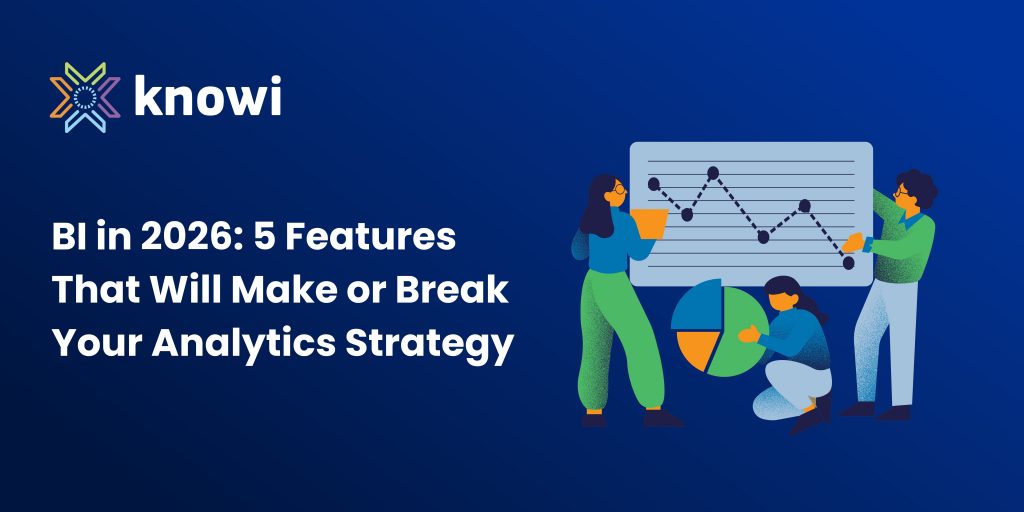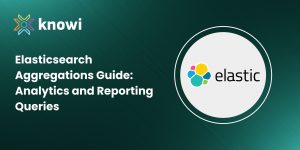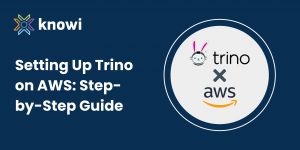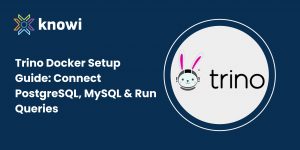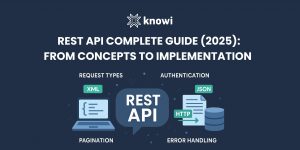TL;DR
The BI landscape in 2026 demands more than dashboards and pretty charts. Organizations need analytics platforms that offer:
- Seamless multi-source data integration without ETL
- Document Intelligence: Querying Unstructured Data
- Natural language–based self-service insights
- Real-time monitoring and proactive alerts
- Embedded analytics that deliver value to your customers
These features are no longer futuristic, they’re table stakes for staying competitive.
Table of Contents
- Introduction: What Makes a Modern BI Strategy in 2026?
- 1. Data Integration: Joining Disparate Sources Without ETL
- 2. Document Intelligence: Querying Unstructured Data Seamlessly
- 3. Self-Service Analytics: Generating Insights Without Waiting on Analysts
- 4. Real-Time Monitoring: Getting Alerts Before Problems Occur
- 5. Customer-Facing Analytics: Delivering Value Through Embedded Dashboards
- It’s Time to Upgrade Your Analytics Expectations
- Ready to See What Modern BI Looks Like?
- Related Resources
- Frequently Asked Questions
Introduction: What Makes a Modern BI Strategy in 2026?
After a decade of working with BI tools and over 1,000 organizations, the same five challenges keep surfacing, and traditional platforms are still failing to address them.
Despite promises from vendors, most tools continue to produce dashboards that answer yesterday’s questions while missing today’s critical business needs.
But here’s the thing: the solutions already exist. In 2026, these five foundational features will separate legacy BI from modern decision intelligence.
1. Data Integration: Joining Disparate Sources Without ETL
The problem with most business data is that it’s scattered across multiple datasources like MongoDB for application data, PostgreSQL for transactions, PDFs for contracts, and Excel files for everything else.
In order to get any real insights, organizations typically require costly, time-consuming ETL processes that just:
- Duplicate data
- Introduce lag
- Create brittle pipelines that break whenever source systems change
This means building expensive data warehouses and complicated pipelines, waiting days or weeks for data engineers to move and transform data before it’s available for analysis, and having to maintain duplicate systems when requirements change.
What You Need in 2026:
A BI platform that lets you join data across sources natively, without data movement. No ETL. No fragile pipelines. Just a unified dataset connected live.
2. Document Intelligence: Querying Unstructured Data Seamlessly
Much of enterprise data is buried in PDFs, Word documents, emails, and other formats that traditional BI tools simply can’t process, leaving critical information inaccessible for analysis.
As a result, when organizations need to analyze lease agreements, contracts, or policy documents, they have to manually rekey information or build custom extraction processes, often involving tedious manual data entry or specialized extraction tools that exist completely separate from the analytics platform.
But today’s leading BI platforms treat documents as first-class data sources that can be queried just like databases. By using AI-powered document intelligence, they extract structured information from unstructured text and make it available for analysis and joining with other data sources.
What You Need in 2026:
AI-powered document intelligence that:
- Extracts structured data from unstructured formats
- Makes it queryable like any database
- Joins it with your existing datasets for richer analysis
This unlocks a true 360° view of your business.
3. Self-Service Analytics: Generating Insights Without Waiting on Analysts
Traditionally, when business leaders want actionable intelligence, they have to ask their data team for a report. But the result is often just a pretty visualization that doesn’t mean much to a non-technical stakeholder, triggering a round of follow-up questions that only further delay critical action.
This cycle forces business users to choose between making decisions without data or waiting days for analysts to explain what the charts mean. Meanwhile, analytics teams waste valuable time writing explanations for basic trends rather than focusing on complex problems that truly require their expertise.
That’s why the most innovative BI platforms incorporate AI that doesn’t just display data. They:
- Automatically interpret it
- Generate plain-language explanations alongside visualizations
- Highlight key insights
- Suggest specific actions based on what the data reveals
Knowi’s Recommendation widget, for example, allows business leaders to ask questions like “What is my conversion rate by customer and campaign?” and then follow that up with “How can I increase it?” The result is immediate, impactful answers that allow executives to take immediate action and free up analysts to tackle more sophisticated problems.
What You Need in 2026:
BI platforms that act like co-pilots – using AI to:
- Explain visuals in plain English
- Highlight key takeaways
- Recommend next steps
- Let users ask follow-ups like:
“What’s driving churn?”
“How can I improve conversion?”
No more dependencies. Everyone gets instant, actionable answers.
4. Real-Time Monitoring: Getting Alerts Before Problems Occur
Most BI tools force organizations into a reactive posture where problems are discovered after they’ve already impacted the business, leaving leaders scrambling as they investigate causes and praying that they can prevent similar issues in the future. But finance should receive alerts when cash flow metrics begin deteriorating, not after they’ve missed targets. Retailers should know when conversion rates drop significantly compared to historical baselines, not when monthly reports show missed revenue goals.
Forward-thinking BI platforms solve this problem by continuously monitoring data and providing proactive alerts based on sophisticated thresholds and anomaly detection. Rather than waiting for metrics to cross critical thresholds, they identify concerning trends early and notify the right people immediately through channels like Slack and Teams.
By transforming analytics from a passive reporting tool to an active monitoring system, organizations can prevent problems rather than just documenting them after the fact, dramatically improving operational efficiency and business outcomes.
What You Need in 2026:
Always-on alerting and anomaly detection that:
- Monitors metrics 24/7
- Identifies early warning signs
- Sends proactive alerts via Slack, Teams, and email
This flips your analytics from reactive to predictive.
5. Customer-Facing Analytics: Delivering Value Through Embedded Dashboards
Traditional BI tools miss a tremendous opportunity to create additional value for your customers. After all, the data you analyze internally often contains insights that would be immensely valuable to clients, partners, and other external stakeholders.
Next-generation BI platforms recognize this by making it simple to embed white-label analytics directly into customer-facing applications and portals, transforming data from an internal resource into a value-added service that strengthens relationships and differentiates your offering.
For example, a SaaS company can embed interactive dashboards in its customer portal that show not just usage statistics but actionable insights that help customers derive more value from the product, while a marketing agency can give clients real-time visibility into campaign performance without building custom reporting systems.
Platforms like Knowi even allow embedding of AI-powered capabilities like natural language search bars that let customers ask questions about their data in plain English.
What You Need in 2026:
Embedded, white-label dashboards that let you:
- Provide analytics as a service
- Enhance your product offering
- Enable AI-powered data exploration for customers (e.g. “What’s my ROI trend?”)
In 2026, analytics won’t just support your business. It is your product.
It’s Time to Upgrade Your Analytics Expectations
If your current BI tool doesn’t offer these five capabilities, it’s not just falling behind – it’s actively holding your business back.
Ready to See What Modern BI Looks Like?
Knowi already deliver these 2026-critical features, including:
- Native support for NoSQL, SQL, REST APIs, and documents
- AI-powered dashboard generation and insights
- Real-time anomaly detection and alerts
- Embedded customer dashboards with natural language search
Request a demo now and see the future of BI in action.
Related Resources
- Document Intelligence in BI Platforms
- Embedded Analytics for SaaS Platforms
- Self-Service BI with Natural Language Queries
Frequently Asked Questions
What’s the benefit of avoiding ETL in BI?
It removes data duplication, delays, and maintenance headaches, while enabling real-time joins across live sources.
Can Knowi analyze PDFs and Word documents?
Yes. Knowi uses Document AI to extract and query unstructured data just like structured databases.
How does Knowi support self-service analytics?
Through AI-generated insights, natural language querying, and dashboard explanations built for business users.
Can I add dashboards to my customer portal?
Absolutely. Knowi supports white-label embedding via iframe or JavaScript with full branding control and AI capabilities.
Is this available today or in beta?
All five features are available today in Knowi, no roadmap promises required.
